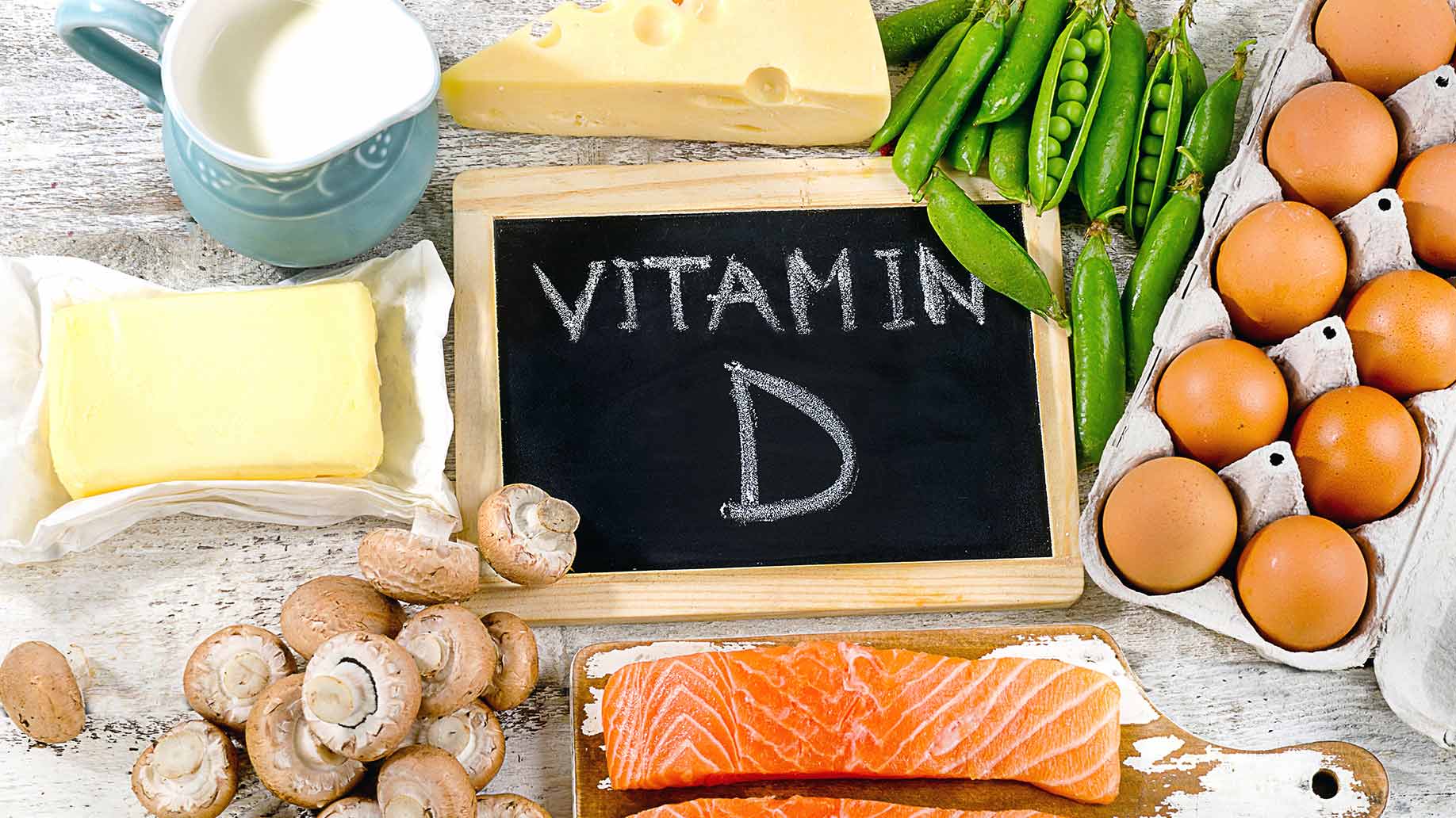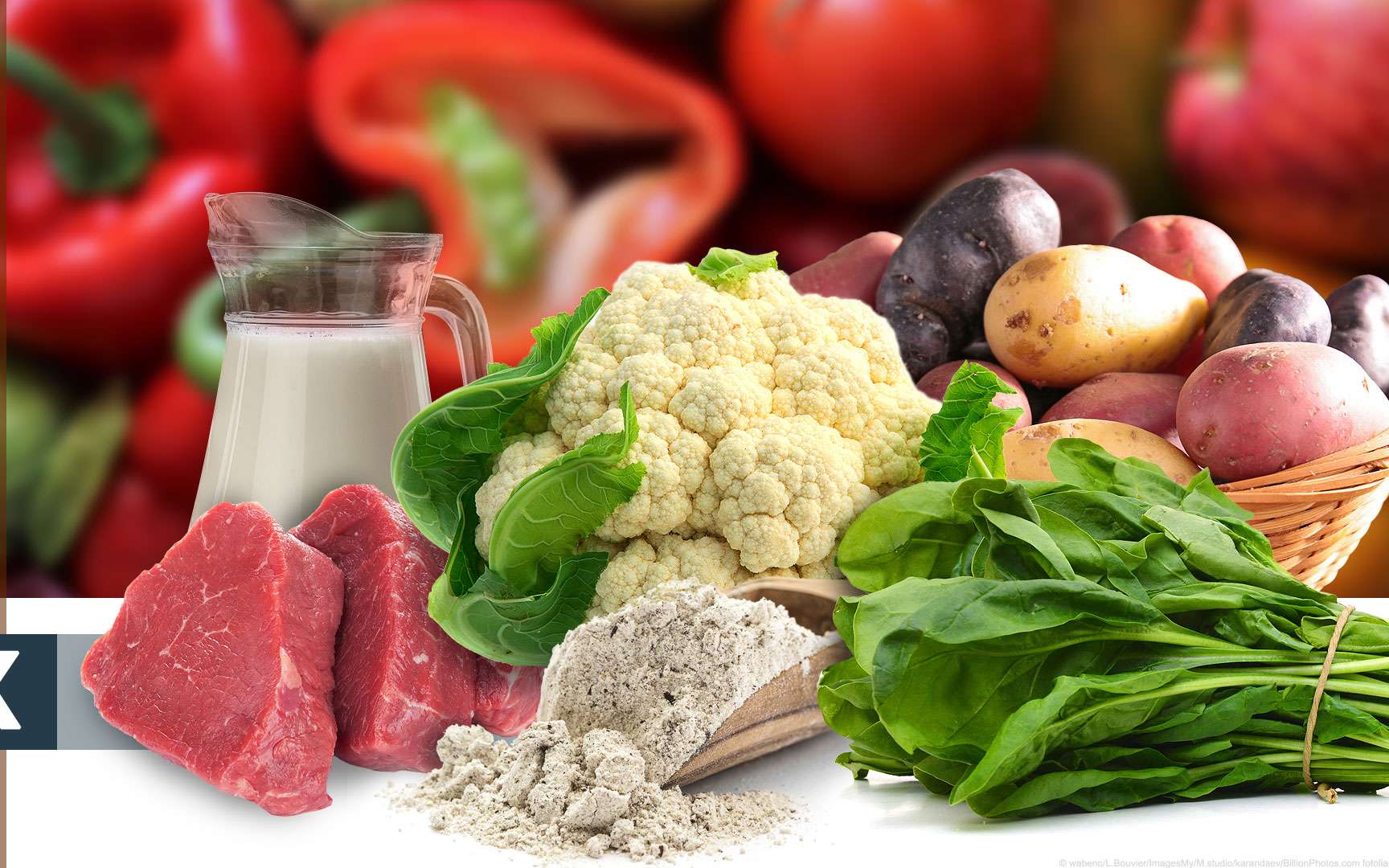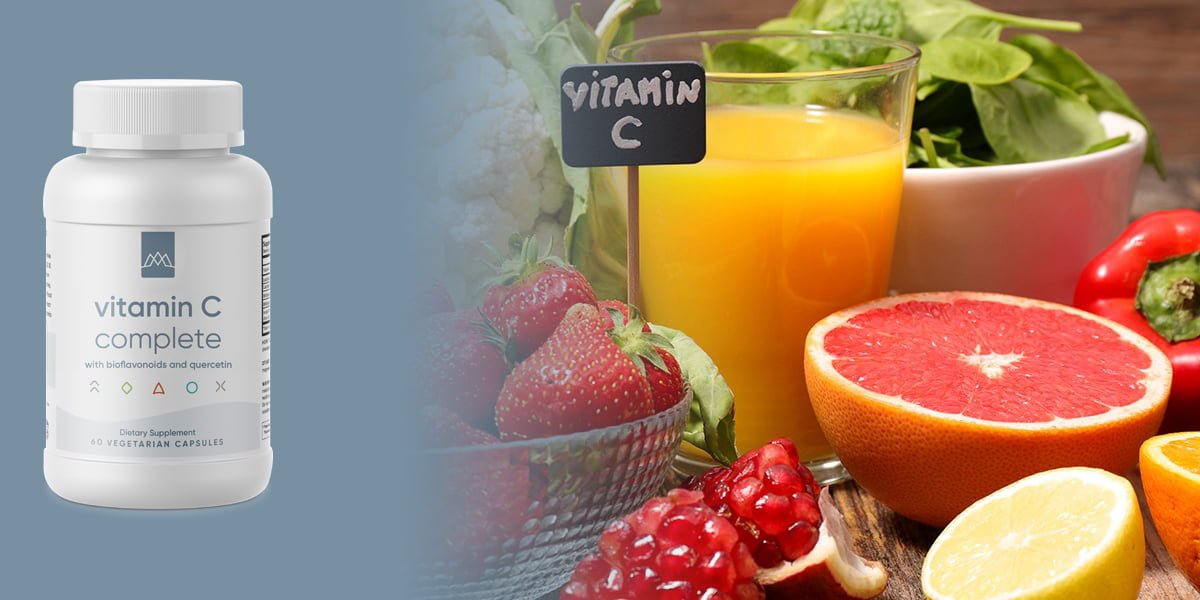Introduction to Vitamin D and Fatty Fish
Vitamin D is an essential nutrient that plays a crucial role in bone health, immune function, and overall well-being. One of the best natural sources of vitamin D is fatty fish. Incorporating fatty fish into your diet can be an effective way to boost your vitamin D intake naturally. This guide explores why vitamin D is important, which fatty fish are rich in vitamin D, how to prepare them, and answers common questions about this topic.
Why Vitamin D Matters
The Importance of Vitamin D for Health
Vitamin D is crucial for:
- Bone Health: It helps regulate calcium and phosphorus absorption, essential for maintaining strong bones and teeth.
- Immune Function: Plays a role in modulating immune responses and reducing inflammation.
- Mood Regulation: Some studies suggest vitamin D may impact mood and reduce the risk of depression.
- Muscle Function: Helps in muscle movement and overall strength.
- Heart Health: May contribute to cardiovascular health by regulating blood pressure and reducing the risk of heart disease.
Fatty Fish as a Source of Vitamin D
Types of Fatty Fish Rich in Vitamin D
Fatty fish are among the best natural sources of vitamin D. They include:
- Salmon: Both wild-caught and farmed salmon are rich in vitamin D.
- Mackerel: Atlantic and Pacific mackerel are excellent sources of vitamin D.
- Sardines: These small fish are packed with nutrients, including vitamin D.
- Trout: Rainbow trout, in particular, provides a good amount of vitamin D.
- Tuna: Fresh or canned tuna can contribute significantly to your daily vitamin D intake.
How to Prepare Fatty Fish to Retain Vitamin D
Best Cooking Methods to Preserve Vitamin D
To maximize the vitamin D content in fatty fish, consider these cooking methods:
- Grilling or Broiling: Cooking fish over high heat can preserve its nutritional value, including vitamin D.
- Baking or Roasting: These methods can also help retain nutrients while enhancing the flavor.
- Steaming: A gentle cooking method that helps preserve nutrients.
- Avoid Overcooking: Excessive heat and prolonged cooking times can reduce vitamin D content, so aim for cooking fish until just done.
FAQs About Getting More Vitamin D from Fatty Fish
How much vitamin D is in fatty fish?
Fatty fish can vary in their vitamin D content, but on average, a serving of salmon (3.5 ounces) can provide around 600-1000 IU (International Units) of vitamin D, depending on the species and preparation method.
Can you get enough vitamin D from fatty fish alone?
While fatty fish can significantly contribute to your vitamin D intake, factors like sunlight exposure, dietary habits, and individual health conditions also play a role. It’s advisable to maintain a balanced diet and consult with a healthcare provider for personalized recommendations.
How often should I eat fatty fish to meet my vitamin D needs?
Health experts often recommend consuming fatty fish, such as salmon or mackerel, at least twice a week to help maintain adequate vitamin D levels.
Are there risks associated with consuming too much vitamin D from fatty fish?
While fatty fish are generally safe and nutritious, excessive intake of vitamin D can lead to toxicity. It’s essential to moderate your intake and consider total vitamin D intake from all sources, including supplements.
Can vegetarians and vegans get vitamin D from fatty fish alternatives?
Vegetarians and vegans can consider fortified foods like plant-based milks, cereals, and supplements to meet their vitamin D needs, as fatty fish are not part of their diet.
Is canned fish a good source of vitamin D?
Yes, canned fish such as canned salmon and sardines retain their vitamin D content and are convenient options for increasing your intake.
Should I choose wild-caught or farmed fish for vitamin D?
Both wild-caught and farmed fish can provide vitamin D. The vitamin D content may vary slightly between them, but both can be part of a healthy diet.
How can I incorporate more fatty fish into my diet if I don’t like the taste?
Try different recipes such as fish tacos, fish cakes, or adding fish to salads or pasta dishes. Experiment with spices and marinades to enhance flavor.
Are there other health benefits of eating fatty fish besides vitamin D?
Yes, fatty fish are rich in omega-3 fatty acids, which are beneficial for heart health, brain function, and reducing inflammation.
Can children and pregnant women benefit from eating fatty fish for vitamin D?
Yes, children and pregnant women can benefit from the nutrients in fatty fish, including vitamin D, which supports growth, development, and overall health.
Conclusion
Incorporating fatty fish into your diet is a delicious and nutritious way to boost your vitamin D intake naturally. Whether you prefer salmon, mackerel, sardines, or other varieties, these fish not only provide essential nutrients but also offer versatile cooking options. By understanding their benefits and how to prepare them, you can enjoy the health benefits of vitamin D while savoring flavorful meals.
- Xela Rederm Skin Booster Treatments Near Weybridge, Surrey - January 12, 2025
- Traptox Aka Trapezius Botox Treatment Near Gatton, Surrey - January 10, 2025
- Skin Injectables Near Shamley Green, Surrey - January 7, 2025



